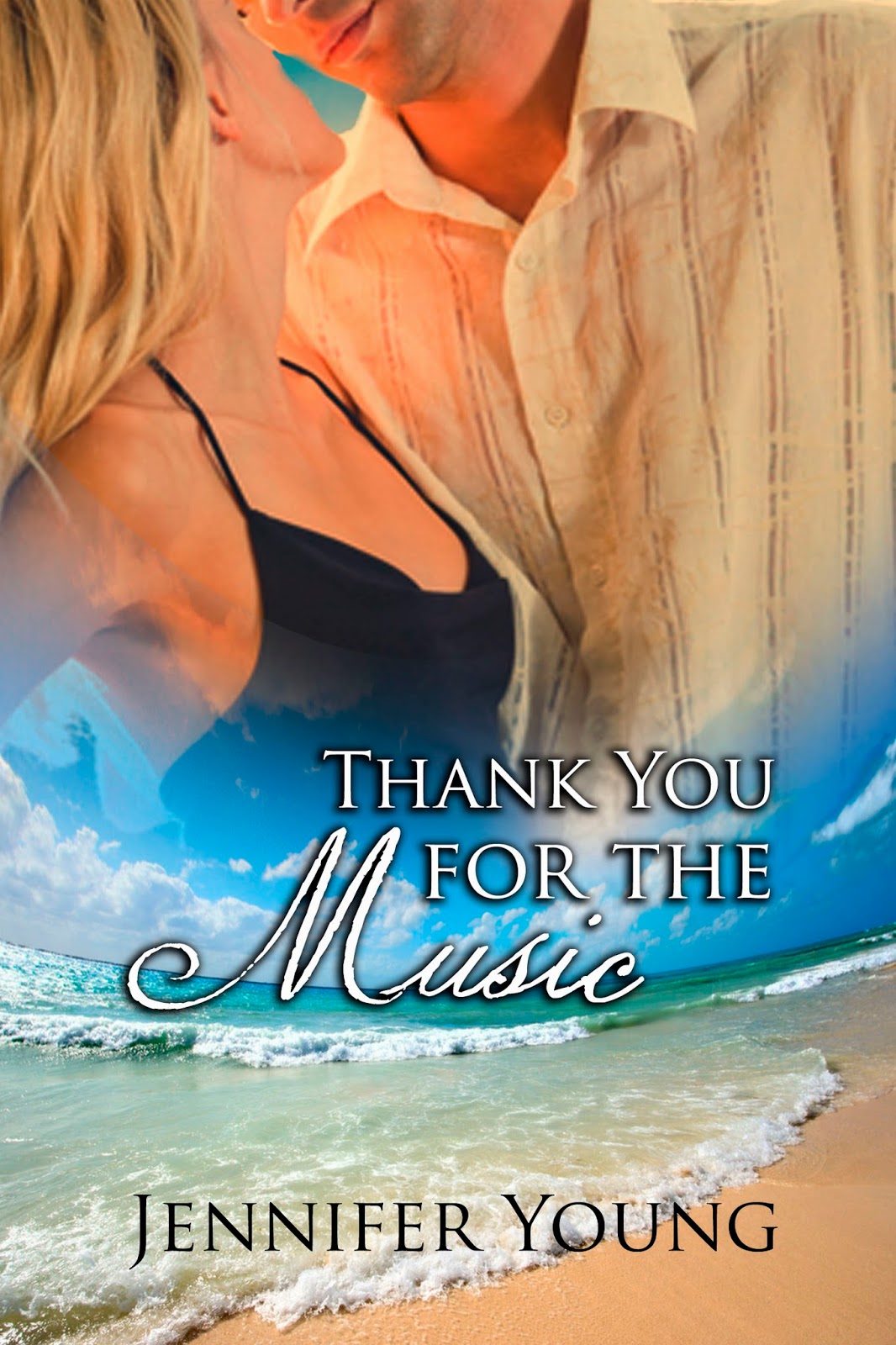After turning one poem into a story and
having it accepted I delved into the poem file on my laptop to see what else
could give me a ready-made character or plot. The obvious one actually had a
name as a title – Cousin Hugh.
Originally written as my entry for the Edinburgh Writers’ Club’ poetry competition on the theme of Homecoming, the poem won the
inaugural Stirling Book Festival Poetry Prize in 2010. I took it as a
compliment when the judge expressed surprise on meeting me – she thought I’d be
a man – and that she was disappointed when I told her that it was all made up
and there was no such person as Cousin Hugh.
Cousin Hugh
His car was red. So was his hair,
the sandy crinkled mass of it
above brows bleached
by Californian sun.
The hair was his calling card:
there was no doubt he was one of us.
Yet when he smiled his Californian smile,
drawled, ‘So good to see ya,’
he was the familiar spun with adventure –
an authentic echo of the family genes.
We boys examined the car – hired,
but exciting compared to our truck
and old Massey-Ferguson;
we stared to see our stern father
throw his arms around his brother’s son.
Hugh proudly introduced his wife.
Shirley, tossing corn-coloured curls,
pronounced Scotland ‘quaint’, our house
‘cute’,
until she saw the bathroom:
‘No shower? Oh my.’
Later she refused Mother’s crowdie with a
shudder.
Hugh hunkered down next morning,
for a handful of earth
his father might have walked on;
he rolled his sleeves to show the
family freckles; he told us
of soda fountains, Death Valley
and drive-in movies.
We showed him how to milk the cow
and stack sheaves.
Shirley pouted, painted her nails,
said cookies back home were the size of
saucers.
As we waved them away down the track
Father passed his arm over his eyes –
‘Darn dust,’ – and went off to the field.
Mother said, ‘I doubt she’ll be back.’
I hope it is apparent in the poem that the
place is a farm in the Scottish Highlands and the time is around the late
fifties/early sixties. In the story version I was able to expand on that. The
poem is written from the point of view of a young boy and I stuck with that for
the prose version.
I realised though that, while I was brought
up on a farm in that era, my ignorance of farming tasks is woeful. (I could occasionally be coerced to help gather sheep, open
and shut gates, or take tea down to the harvest field but I preferred, up a
tree in summer or hugging the Rayburn in winter, to sit and read.) My young
male narrator, on a small family farm, would be put to work and I wanted the
details to be authentic. Luckily there are lots of farmers in my family and,
when appealed to, a cousin wrote me a lovely piece on how a haystack was made.
I hope I have done him justice in my interpretation of it.
(Many thanks to Anthony Barker and Kirkby Fleetham Parish Council for permission to use this lovely photograph.)
I enjoyed working on the back-story – finding
out what took Cousin Hugh’s father to the US – and having more space to show
Hugh’s fish-out-of-water American wife.
I finished 3000 words, edited them, sat on
them, re-edited and then waved them off in the post for a competition as the
deadline was upon me.
Then I submitted the story to the critique group that I belong to with three
writing friends.
They all came separately to the conclusion
that the theme was not clear. Whereas the poem, as its punchline shows, was
about Hugh’s wife not sharing her new husband’s enthusiasm for his native land,
the story focused more on the previous generation and how farms are inherited.
However, I’d worked towards the same last line and so my critics
thought that the story didn’t hang together as well as it might. They were
right.
So it’s back to the writing desk. And I’m
thinking now, hmm, maybe there are actually several stories, each with a
different theme, to get out of the poem … and perhaps versions from the points
of view of the other characters – Mother, Father, Shirley, Cousin Hugh himself ...
Gulp. It’s beginning to sound like a novel.








